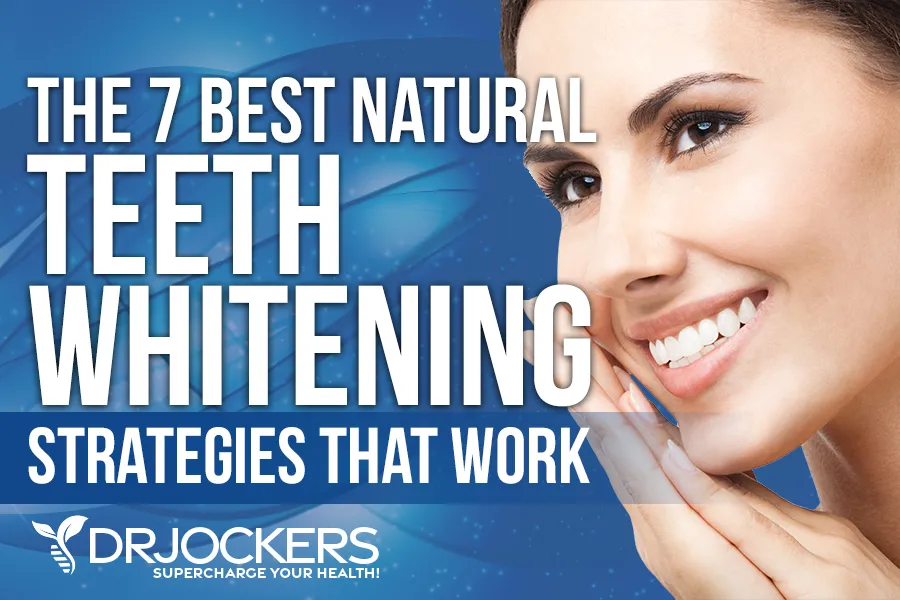Teeth Whitening How-To Understand the Basics
Achieving a brighter, more radiant smile is a common goal, and teeth whitening has become increasingly popular. Understanding the fundamentals of teeth whitening is the first step toward making informed decisions about your oral health and cosmetic dentistry options. This comprehensive guide will take you through everything you need to know, from the causes of tooth discoloration to the various methods available, along with crucial tips for maintaining your dazzling results. Explore the world of teeth whitening, understand the science behind it, and learn how to choose the best approach for your specific needs. With the right knowledge, you can confidently embark on your journey to a brighter, more confident smile. Proper teeth whitening can greatly enhance your appearance and self-esteem, contributing to an overall sense of well-being. This how-to guide will empower you with the necessary information to make the best choices for your teeth.
What Causes Tooth Discoloration
Tooth discoloration, or the loss of the natural white color of your teeth, is a multifaceted issue influenced by various factors. Understanding these causes is essential for preventing and effectively addressing discoloration. The primary causes can be broadly categorized into extrinsic and intrinsic factors. Extrinsic stains affect the surface of the teeth and are often caused by dietary choices, such as consuming staining foods and drinks. Intrinsic stains originate from within the tooth structure, often due to aging, certain medications, or trauma. Recognizing these differences can help you tailor your approach to teeth whitening and maintain your results. By identifying the specific cause of your discoloration, you can make informed decisions about the best course of treatment and lifestyle adjustments to achieve and maintain a brighter smile.
Foods and Drinks That Stain Teeth
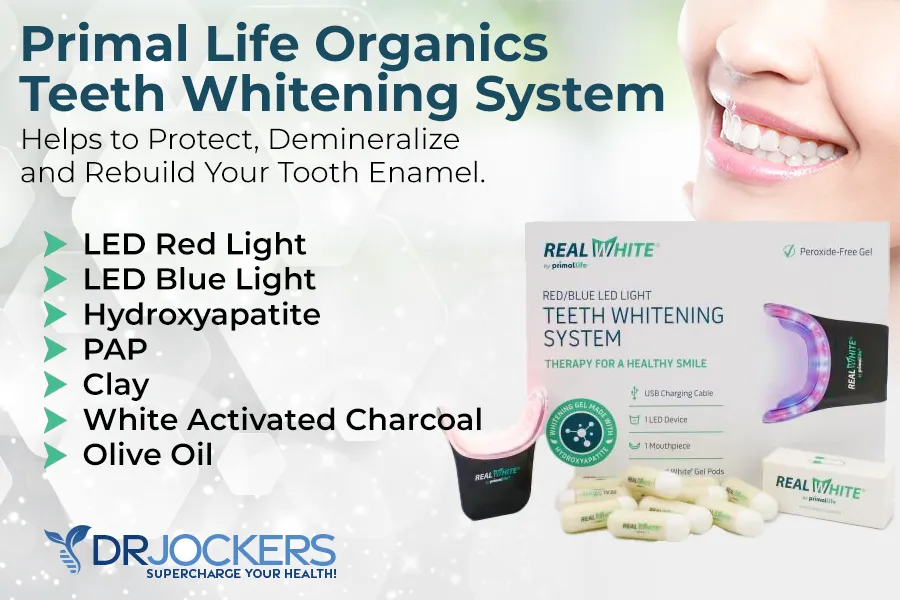
Many foods and drinks contain pigments that can adhere to the enamel surface, leading to extrinsic stains. Highly pigmented items, such as coffee, tea, red wine, and dark-colored sodas, are notorious for staining teeth. Coffee and tea, with their tannins, create a yellowish tint over time. Red wine’s chromogens contribute to its staining ability. Furthermore, dark-colored fruits like blueberries, blackberries, and pomegranates can deposit pigments on your teeth. Regular consumption of these foods and drinks can significantly impact the brightness of your smile. It’s important to be mindful of your dietary habits and consider the potential effects on your teeth. Brushing your teeth soon after consuming these items can help minimize staining, along with regular professional cleanings from your dentist. By limiting exposure or practicing good oral hygiene, you can reduce the impact these foods and drinks have on your teeth and maintain a brighter smile. (Image: foods-that-stain-teeth.webp)
Lifestyle Choices That Affect Teeth
Beyond diet, lifestyle choices have a considerable impact on the color of your teeth. Smoking and tobacco use are major contributors to tooth discoloration, resulting in yellowish or brownish stains. The nicotine and tar in tobacco products readily stain the enamel. Regular use can lead to severe discoloration and impact your overall oral health. Poor oral hygiene practices, such as infrequent brushing and flossing, also exacerbate staining. The build-up of plaque and tartar can trap stains and make your teeth appear dull. Certain medications, especially some antibiotics, can cause intrinsic stains. Additionally, aging plays a role, as the enamel thins over time, revealing the underlying dentin, which is naturally more yellow. Being aware of these lifestyle factors is crucial for maintaining a bright smile. Avoiding tobacco, practicing good oral hygiene, and discussing any concerns with your dentist can significantly improve your teeth’s appearance and health.
Teeth Whitening How-To Choosing the Right Method
Selecting the correct teeth whitening method is crucial for achieving your desired results safely and effectively. With a wide range of options available, from over-the-counter products to professional treatments, it’s essential to consider your specific needs and circumstances. Factors such as the degree of discoloration, your budget, and your sensitivity levels will guide your decision. Understanding the pros and cons of each method will empower you to choose the best option for your situation. It’s also recommended to consult with a dentist to determine the underlying cause of your discoloration and ensure that the chosen method is appropriate for your oral health. This personalized approach will help you maximize the benefits of teeth whitening while minimizing any potential risks. Making an informed choice will lead to a more satisfying outcome and contribute to a healthier and more confident smile.
Over-the-Counter Teeth Whitening Products
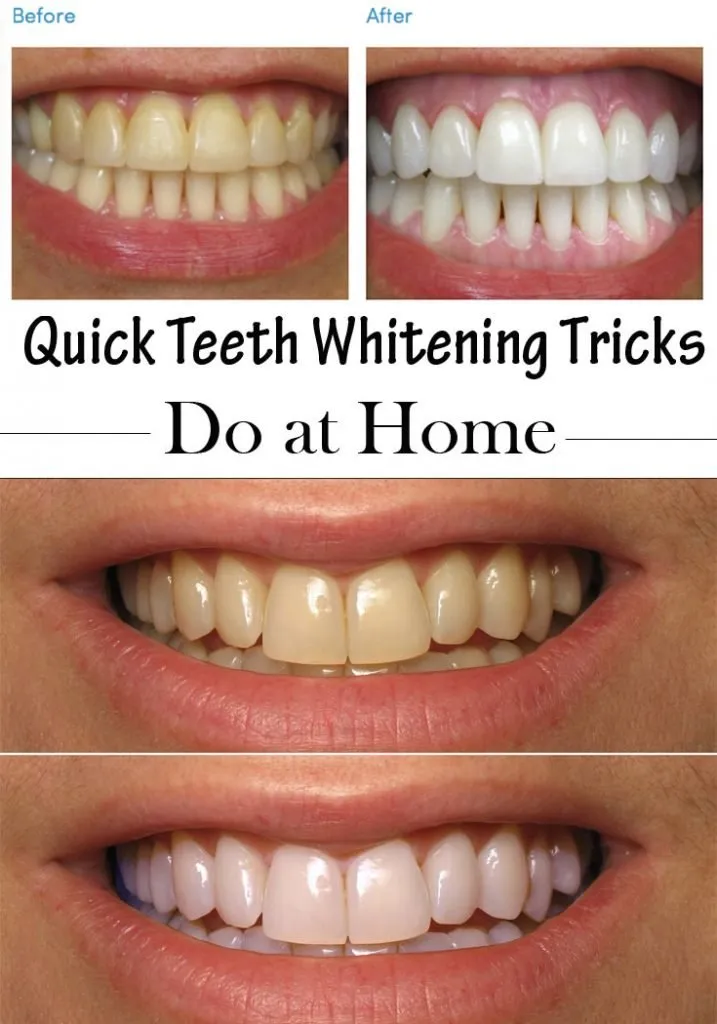
Over-the-counter (OTC) teeth whitening products provide a convenient and accessible way to brighten your smile. These products are readily available at most drugstores and supermarkets, offering a range of choices to suit different preferences and budgets. Understanding the different types of OTC products and their respective benefits and limitations is essential. They can be a good option for mild to moderate stains, providing noticeable results with consistent use. However, it’s important to follow the product instructions carefully to avoid any potential side effects, such as tooth sensitivity or gum irritation. While they offer a cost-effective solution, the results may not be as dramatic or long-lasting as professional treatments. Taking the time to research and choose a reputable product that meets your needs is an important step in your teeth whitening journey. (Image: whitening-toothpaste.webp)
Whitening Toothpastes
Whitening toothpastes are a popular and convenient option for enhancing the brightness of your smile. They typically contain mild abrasives or chemical agents that help remove surface stains, leading to a slight whitening effect. While these toothpastes can effectively remove stains from coffee, tea, and other common culprits, they generally cannot change the intrinsic color of your teeth. The abrasives work by gently polishing the enamel, while the chemical agents help dissolve stains. Whitening toothpastes are most effective at preventing new stains from forming, and are best used as a part of your daily oral hygiene routine. Keep in mind that the results are often subtle, and you may not see a dramatic change. Regular use of whitening toothpaste combined with proper brushing and flossing can contribute to a cleaner, brighter smile, and enhance the effects of other whitening treatments.
Whitening Strips and Trays
Whitening strips and trays are a more potent over-the-counter method, delivering a higher concentration of bleaching agents directly to the teeth. Whitening strips are thin, flexible strips coated with a peroxide-based whitening solution that adheres to the teeth. Whitening trays, on the other hand, involve custom-fitted or pre-formed trays that you fill with a whitening gel and wear for a specified period. Both methods are designed to provide more noticeable whitening results compared to toothpastes. Strips are convenient and easy to use, while trays allow for more even coverage. However, it’s crucial to follow the instructions precisely to avoid uneven whitening or gum irritation. These methods can be effective for a range of stains, offering visible improvements in a few weeks. Always check for any potential side effects and consult with your dentist if you experience any issues. (Image: whitening-strips.webp)
Professional Teeth Whitening Options
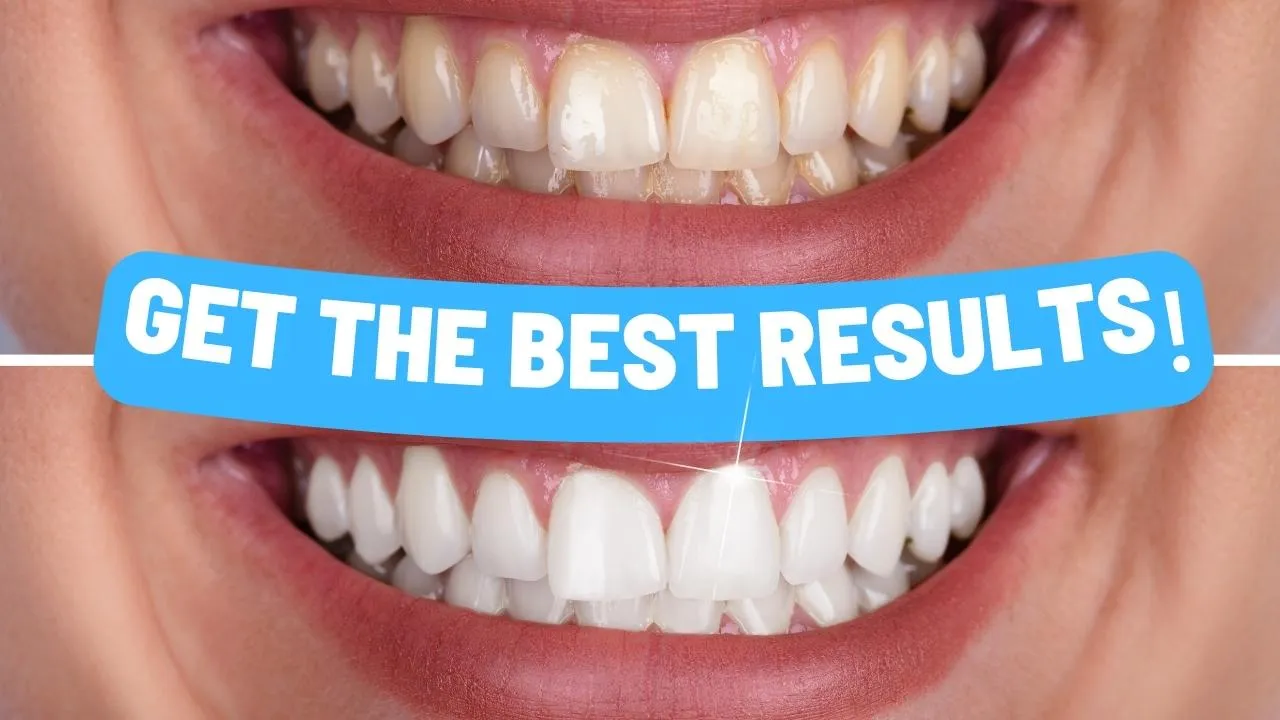
Professional teeth whitening, performed by a dental professional, offers the most effective and reliable approach to achieving a significantly brighter smile. These treatments utilize stronger bleaching agents and are administered in a controlled environment, ensuring optimal results and safety. Professional whitening is often the best choice for more severe discoloration, offering faster and more dramatic results. The advantage of in-office whitening is that it is done under expert supervision, reducing the risk of sensitivity or other complications. Moreover, dentists can customize the treatment to meet your specific needs, ensuring that your smile looks its best. By choosing professional teeth whitening, you invest in a treatment that prioritizes your oral health and cosmetic goals. (Image: in-office-whitening.webp)
In-Office Whitening
In-office whitening, performed by a dentist, is the most powerful teeth whitening method available. This treatment involves applying a high-concentration bleaching agent to the teeth, which is then often activated by a special light or laser. The procedure takes about an hour or two, and it can dramatically brighten your smile in a single session. Before the treatment, your dentist will assess your oral health and determine if you are a good candidate. They will also protect your gums and soft tissues to prevent any irritation. In-office whitening offers immediate and significant results, making it an excellent choice for those seeking fast and effective teeth whitening. This method provides the most predictable outcomes, with the dentist overseeing every step to ensure safety and effectiveness. While it is more expensive than other methods, the results and professional care make it a worthwhile investment for a dazzling smile.
At-Home Whitening Kits From Your Dentist
At-home whitening kits provided by your dentist offer a balance of professional care and the convenience of home use. Your dentist will create custom-fitted trays for your teeth, ensuring a perfect fit and even application of the whitening gel. These kits typically contain a higher concentration of bleaching agents than over-the-counter options, resulting in more effective whitening. Under the guidance of your dentist, you can safely whiten your teeth at home. The dentist monitors your progress and can adjust the treatment to meet your needs and address any sensitivity issues. This approach provides better results than store-bought products while minimizing the risks associated with using stronger bleaching agents. The personalized trays enhance effectiveness, and the professional oversight provides added peace of mind. Your dentist also can offer guidance on how long to wear the trays and how to care for your teeth during and after the process.
Teeth Whitening How-To Step-by-Step Guide

Following a step-by-step guide can help you achieve the best results from your chosen teeth whitening method. Whether you’re using over-the-counter products or undergoing a professional treatment, understanding the proper procedures will maximize effectiveness and minimize potential risks. Careful preparation, accurate application, and post-treatment care are all essential for a successful outcome. By following a clear set of instructions, you can ensure that you are safely and effectively whitening your teeth. This detailed guide will walk you through the necessary steps, ensuring you feel confident and prepared throughout the process. Remember to always consult with your dentist, especially if you are considering any professional treatments or have any concerns about your oral health. (Image: teeth-whitening-steps.webp)
Preparing Your Teeth for Whitening
Before starting any teeth whitening treatment, proper preparation is crucial for optimal results. This involves a thorough oral examination and professional cleaning performed by your dentist. Cleaning removes plaque, tartar, and surface stains, allowing the whitening agent to penetrate more effectively. Your dentist will also check for any existing dental issues, such as cavities or gum disease, which need to be addressed before whitening. If you have sensitive teeth, your dentist may recommend a desensitizing treatment or toothpaste to reduce discomfort during the whitening process. Ensuring your teeth and gums are in good condition prior to whitening will make the treatment safer and more effective, resulting in a brighter, healthier smile. Consulting your dentist is key to determining the best approach to prepare your teeth for whitening, ensuring a successful and comfortable experience.
Steps for Using Whitening Strips
Using whitening strips correctly is straightforward, but adhering to the instructions is essential for achieving the desired results and avoiding potential side effects. First, brush and floss your teeth to remove any food particles. Then, carefully peel the strips from their backing. Apply the longer strip to your upper teeth and the shorter one to your lower teeth, pressing them gently onto the surface of your teeth. Make sure to align the strips along your gum line. Fold the excess strip behind your teeth to secure them in place. Leave the strips on for the recommended amount of time, typically 30 minutes. Once the time is up, remove the strips and discard them. Rinse your mouth to remove any residual gel. Following these steps carefully, you can safely and effectively whiten your teeth with strips. Remember to check the specific instructions on the product packaging, as these may vary slightly.
Steps for Using Whitening Trays

Using whitening trays effectively requires careful attention to detail, whether you use custom-fitted trays from your dentist or pre-formed ones. Start by brushing and flossing your teeth to remove any debris. Apply the recommended amount of whitening gel into the tray, following the specific instructions on the product packaging. Carefully insert the tray into your mouth, ensuring that the gel covers the surface of your teeth. Gently press the tray into place, making sure it fits snugly. Wear the tray for the prescribed amount of time, which may vary depending on the concentration of the gel and your dentist’s instructions. Once the time is up, remove the tray, rinse your mouth to remove any excess gel, and clean the tray thoroughly. This process, when followed carefully, will enable you to achieve your teeth whitening goals safely and effectively. Remember to consult with your dentist for personalized advice and guidance.
Post-Whitening Care and Maintenance
Maintaining the results of your teeth whitening treatment is just as important as the initial process. Proper post-whitening care will help prolong the brightness of your smile and prevent future discoloration. This involves making dietary adjustments, practicing good oral hygiene, and scheduling regular dental check-ups. By taking proactive steps, you can ensure that your teeth remain beautifully bright for a long time. Consistent care not only keeps your teeth looking their best but also contributes to your overall oral health. Following these simple guidelines will help you protect and maintain the results of your teeth whitening treatment. (Image: teeth-whitening-diet.webp)
Dietary Adjustments for Long-Lasting Results
Making dietary adjustments after teeth whitening is a key factor in maintaining the results. Certain foods and beverages can stain your teeth and diminish the effects of the treatment. It is advisable to avoid or minimize consumption of staining items like coffee, tea, red wine, and dark-colored sodas. Foods such as berries, soy sauce, and balsamic vinegar can also contribute to discoloration. Following a “white diet” for the first few days after whitening can significantly improve your results. This diet typically includes white meats, dairy products, and clear beverages. By carefully monitoring your diet and making mindful choices, you can greatly extend the life of your bright, white smile. Maintaining a balanced diet and limiting exposure to staining substances will assist in long-term maintenance.
Oral Hygiene Practices to Maintain Brightness
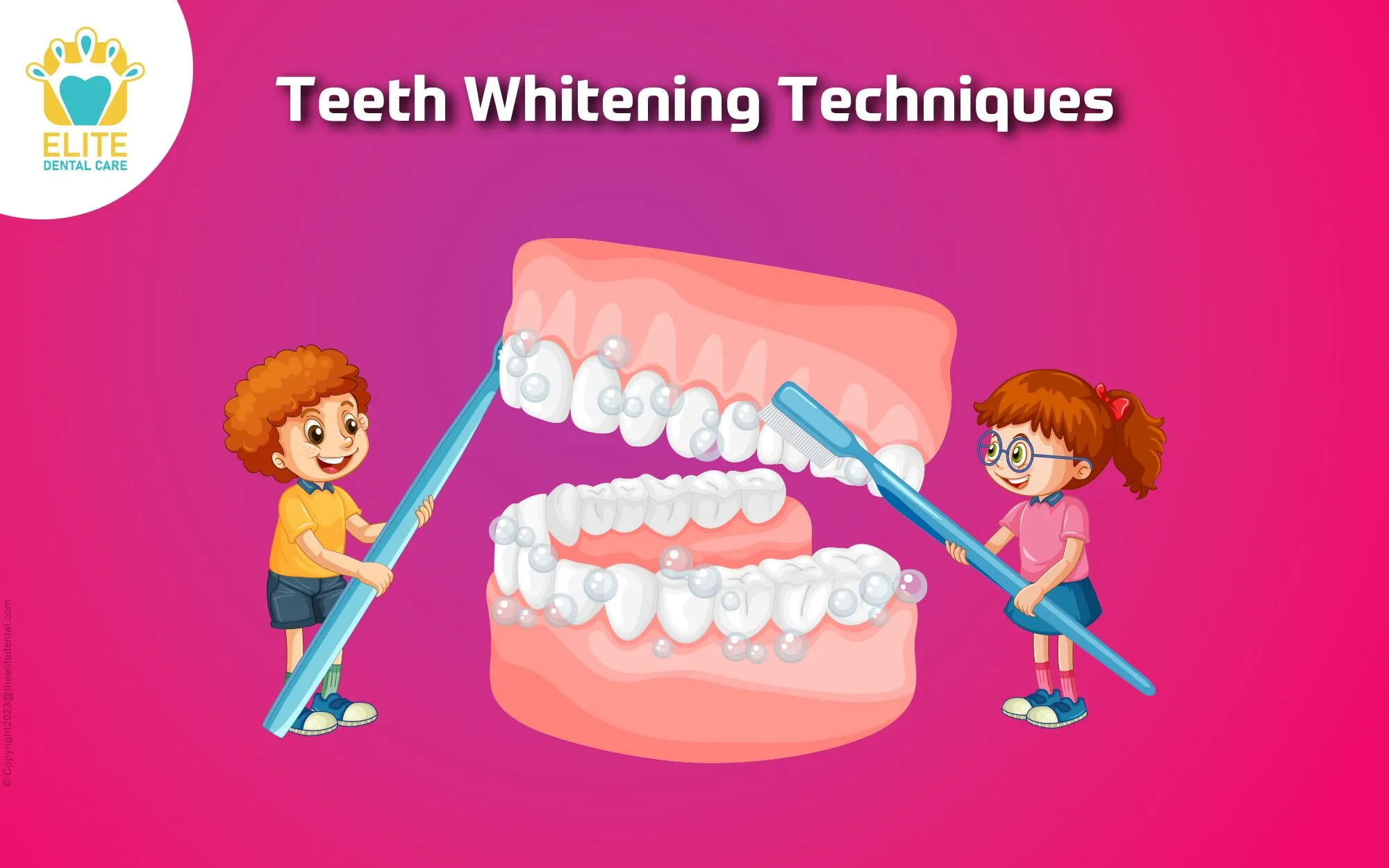
Maintaining excellent oral hygiene habits is essential for keeping your teeth bright and healthy after whitening. Brush your teeth twice a day with a whitening toothpaste, and floss daily to remove food particles and plaque that can lead to stains. Using a fluoride mouthwash can help strengthen your enamel and protect against future discoloration. Consider using a soft-bristled toothbrush to prevent abrasion of the enamel. Regular dental check-ups and professional cleanings are also crucial for removing stubborn stains and tartar. Consistent and thorough oral hygiene practices not only preserve the whiteness of your teeth but also support your overall oral health. Your dentist can recommend specific techniques and products to maximize the effectiveness of your oral hygiene routine. (Image: oral-hygiene.webp)
Teeth Whitening How-To Addressing Potential Issues
While teeth whitening is generally safe, it is essential to be aware of potential issues and how to manage them effectively. The most common side effect is tooth sensitivity, which can occur during and after the treatment. Gum irritation is another potential concern, especially if the whitening agent comes into contact with the soft tissues. Understanding these issues and taking preventative measures can help you minimize discomfort and achieve a successful whitening experience. If you experience any unexpected issues, it’s crucial to consult with your dentist immediately. They can provide guidance and recommendations to alleviate any problems and ensure the best possible outcome. Knowing what to expect and how to address these issues will help you navigate the process confidently and comfortably.
Managing Tooth Sensitivity
Tooth sensitivity is a common side effect of teeth whitening, often caused by the bleaching agent’s effect on the enamel. Several strategies can help manage sensitivity and make the whitening process more comfortable. Using a desensitizing toothpaste containing potassium nitrate before, during, and after treatment can significantly reduce sensitivity. Applying fluoride treatments, available from your dentist, can also strengthen the enamel and decrease sensitivity. Adjusting the frequency or duration of the whitening treatments can also help; for example, you could whiten your teeth less frequently. Avoiding overly hot or cold foods and beverages during the treatment can also prevent discomfort. If sensitivity persists, consult your dentist to address the underlying causes and explore additional management strategies. Taking these precautions will help ensure a more pleasant and effective teeth whitening experience.
Dealing with Uneven Whitening
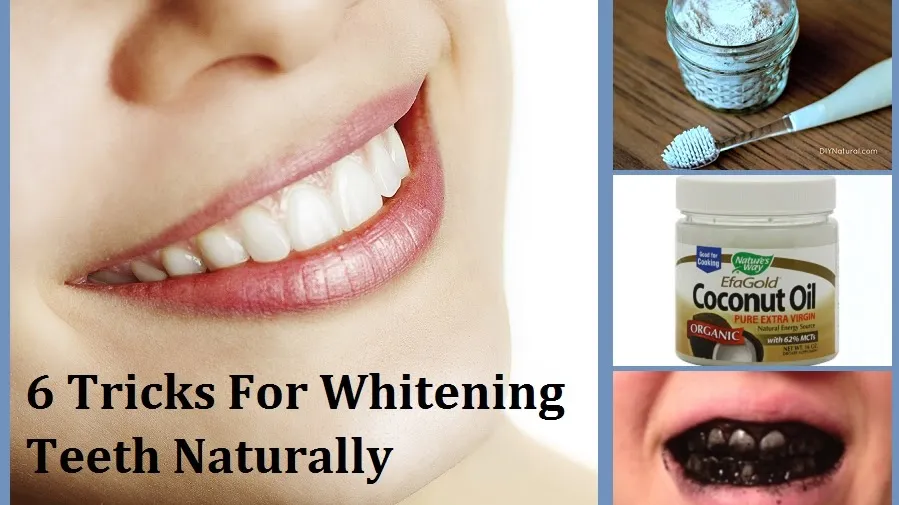
Uneven whitening can sometimes occur, resulting in variations in the brightness of different teeth or areas of the same tooth. This can be caused by several factors, including the uneven distribution of the whitening agent, variations in tooth enamel thickness, or existing dental work. To address uneven whitening, you may need to adjust your whitening method or seek professional help. If the unevenness is mild, you might try whitening your teeth for a longer duration or using a more potent whitening agent. For more significant issues, it is best to consult with your dentist. They can provide professional treatments, such as touch-up whitening or cosmetic procedures, to achieve a more uniform result. The dentist can also assess if the underlying cause is related to existing dental work, such as fillings or crowns, which may not whiten as effectively. Addressing uneven whitening promptly will help you achieve a more consistent and aesthetically pleasing outcome.
Teeth Whitening How-To Final Thoughts
Teeth whitening offers a fantastic opportunity to enhance your smile and boost your confidence. By understanding the basics, choosing the right method, and following a step-by-step guide, you can achieve remarkable results. Remember to consider the causes of tooth discoloration and choose your whitening method carefully. Post-treatment care is just as important as the initial process to maintain your bright smile. If you have concerns or experience any issues, consult with your dentist for personalized advice and care. With the right knowledge and diligence, you can enjoy a brighter, more beautiful smile for years to come. Embrace the journey and enjoy the transformation. A whiter smile is a symbol of both good oral hygiene and self-confidence, so prioritize your oral health and enjoy the benefits of a radiant grin.
